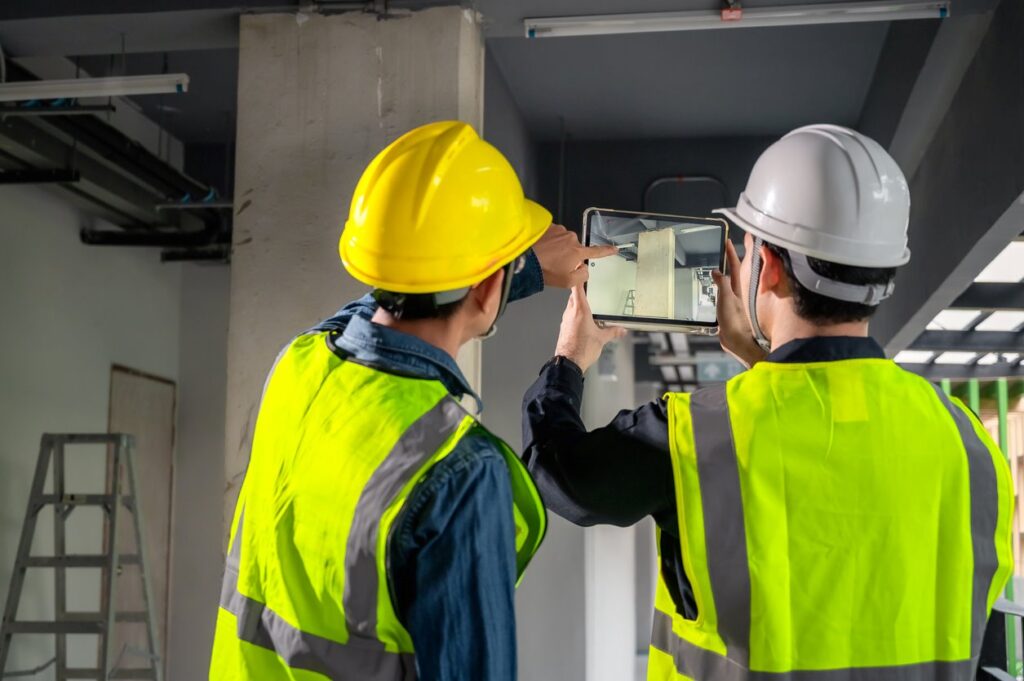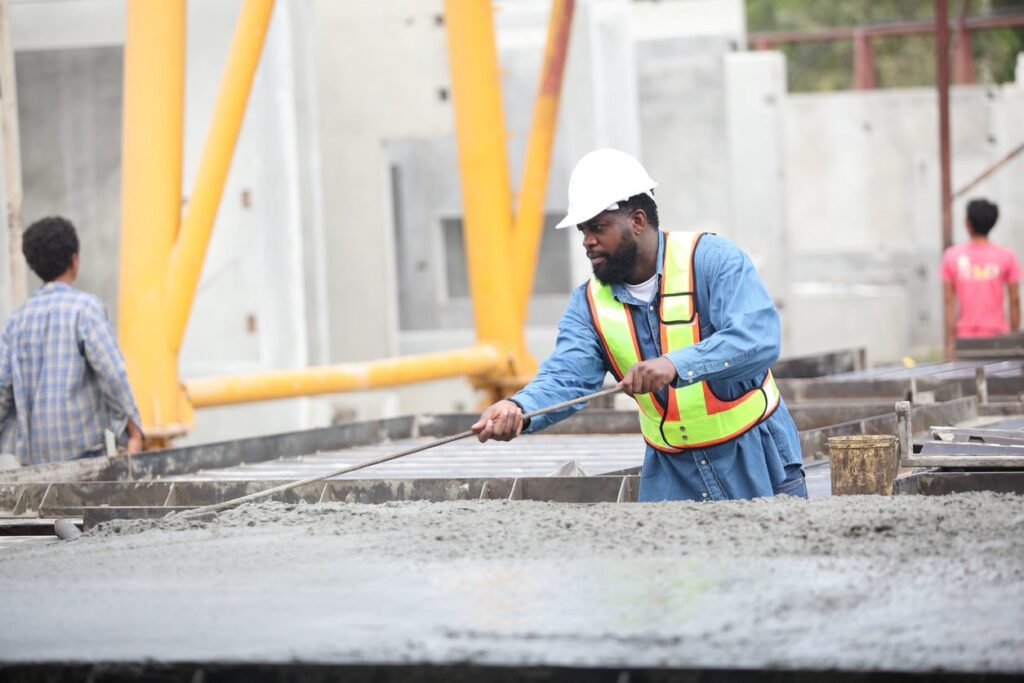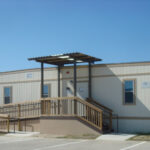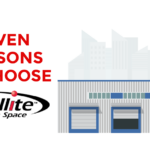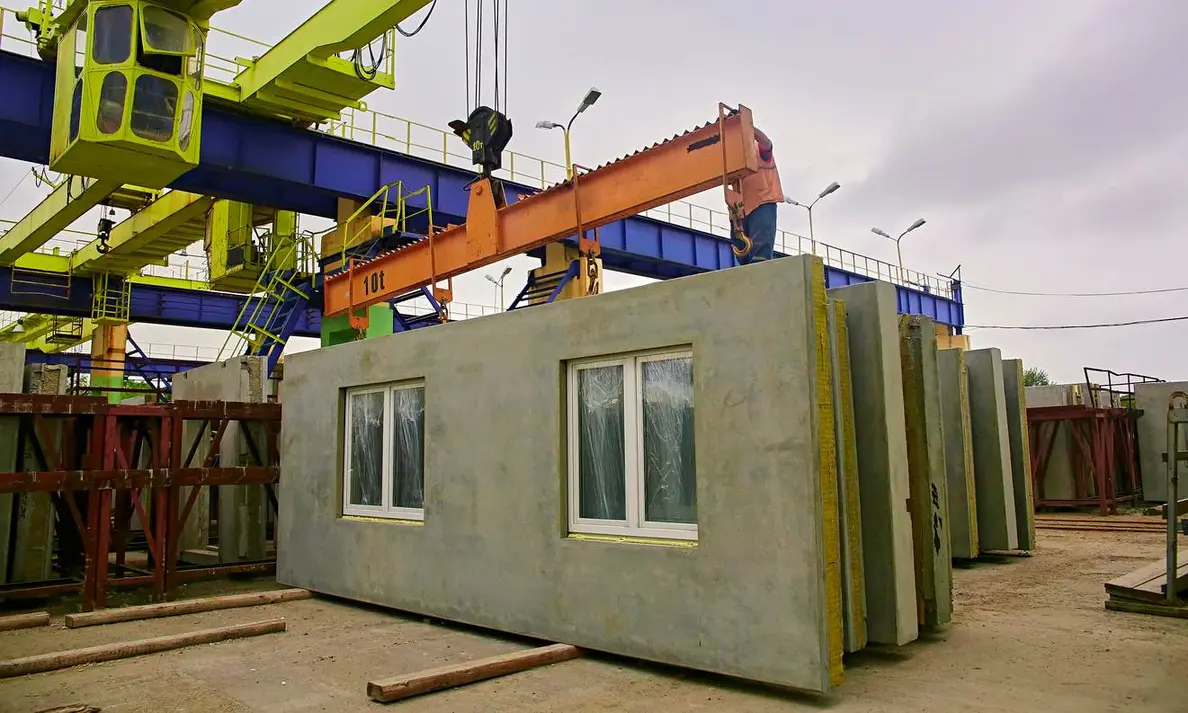
Traditional and modular construction are among the first choices when starting a new building project. Each method has strengths and challenges, affecting the overall budget, timeline, and success. By learning about both approaches, you can choose the best option for your project’s needs, whether focused on saving money, reducing environmental impact, or having design flexibility.
Traditional Construction Versus Modular Buildings
In traditional construction, work takes place on-site. Each part, like the foundation and walls, comes together step-by-step with workers and materials brought to the location. This process takes time but allows for unique designs and changes.
Modular construction, however, is different. A factory produces the building modules, which come to the construction site for assembly. This method is faster, has the same quality and reliability, and creates less waste.
The Advantages of Modular Buildings
The construction of modular builds is faster than that of traditional buildings. Work can continue all year in a factory without delays from bad weather. Modules are typically built off-site until ready to head to their final destination, allowing modular projects to proceed 30 to 50% faster.
Industries like health care and education benefit from this quicker timeline because they often need new buildings sooner. In traditional construction, each step depends on the one before it, which can cause delays if there are weather issues or unexpected problems.
Modular Construction Cost Versus Traditional Construction Cost
Modular construction is usually less expensive than traditional construction. Since the modules occur in a factory, prefabricated projects save money by reducing waste and requiring fewer workers on-site.
Modular construction can lower financing costs and have faster timelines because projects finish sooner, whiletraditional construction often has higher labor costs and is more affected by delays.
Precision and Quality Control in Modular Building
Made in a factory with strict standards, modular buildings have excellent quality control. Each part, or module, is carefully constructed in a controlled environment, keeping materials shielded from rain, wind, and snow, and reducing mistakes.
In traditional construction, work is done on-site, so quality depends more on weather conditions, worker skills, and supervision, which can lead to differences in the final build. Although traditional construction allows for changes along the way, achieving the same consistency as modular buildings takes more work.
Reduced Waste and Energy Efficiency in Modular Construction
As more consumers and companies become environmentally conscious, modular construction has become popular for its eco-friendly benefits. A modular building is built to exact specifications, reducing overall waste. Some modular buildings are even made with recycled materials.
Modular Building Benefits for Energy
You can disassemble modular buildings, move them, or use them differently without starting over. Since they take shape in a factory, the process takes place under strict control, so there’s less waste. To reduce heating and cooling costs, modular buildings can also have energy-saving features like better insulation.
How Traditional Construction Impacts the Environment
Surplus materials like wood, metal, and concrete can pile up and go to waste. Bad weather can also damage your materials, adding to construction waste and slowing down work.
Flexibility: Modular Buildings Versus Traditional Construction
When customization and flexibility are your priority, traditional construction generally offers more options. Traditional building methods allow for intricate design choices and the ability to make changes on-site, giving architects and builders more freedom to create unique spaces.
Traditional Construction Accommodates Large or Awkward Components
Because it takes place on-site, traditional construction better accommodates buildings with large or awkward components. Inadequate highways or road access could present a literal roadblock for your project.
Modular Buildings Are Adaptable
Modular construction allows you to design and build a customized building in a factory. While you can’t change the design once the modules are built, modular construction is still flexible. You can disassemble and relocate a modular building or easily add on new workspaces or classrooms.
Request a Quote For Quality Modular Buildings From Satellite Shelters
Choosing between traditional and modular construction is a big decision that impacts time, cost, and flexibility. Modular buildings are fast, cost-effective, and eco-friendly, making them a great choice for many projects. If you’re looking for an efficient building solution, Satellite Shelters has a range of high-quality modular buildings ready for rent, lease, or purchase.
Our team will help you find the best modular building to meet your needs and keep your project on track. Email Satellite Shelters today to learn more about our modular options and how they can support your project’s success!

